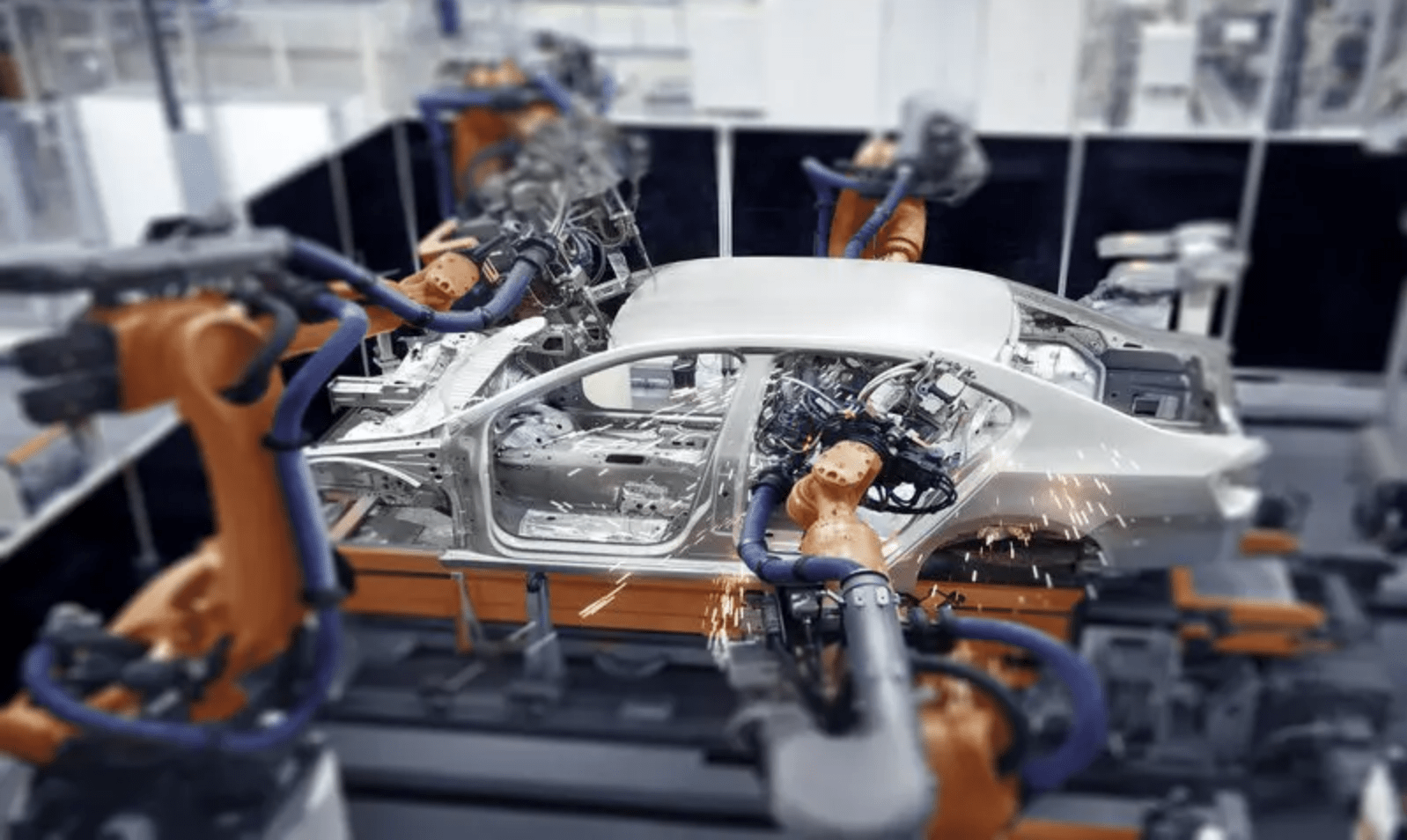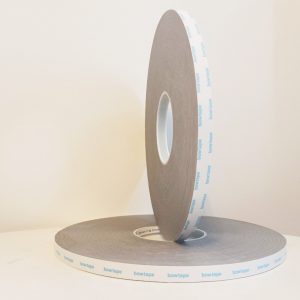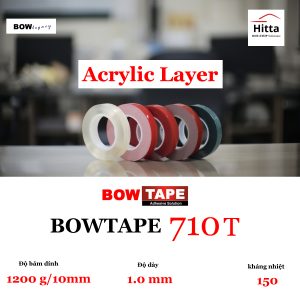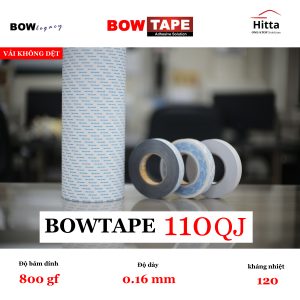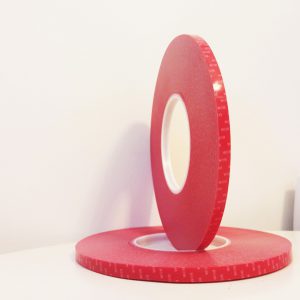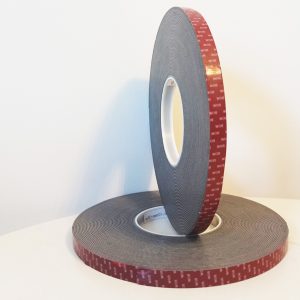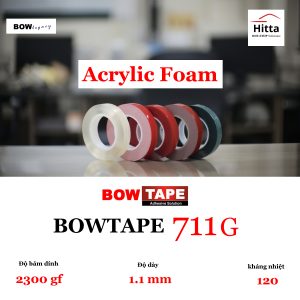The production demands of the automotive industry are ever-changing. The continuous reduction in the use of steel in vehicle manufacturing creates more pressure for engineers to seek alternative solutions. Structural tape is a new solution that helps to transform and streamline the production process, a solution that any factory is looking for.
- Băng keo cường lực cho lắp ráp ô tô
- Băng keo cường lực dán kính ô tô
- Băng keo cường lực cho ngành công nghiệp ô tô
- Tư vấn dán kim loại với kim loại trong ngành lắp ráp
Advantages of structural tape in automotive manufacturing
Enhanced design
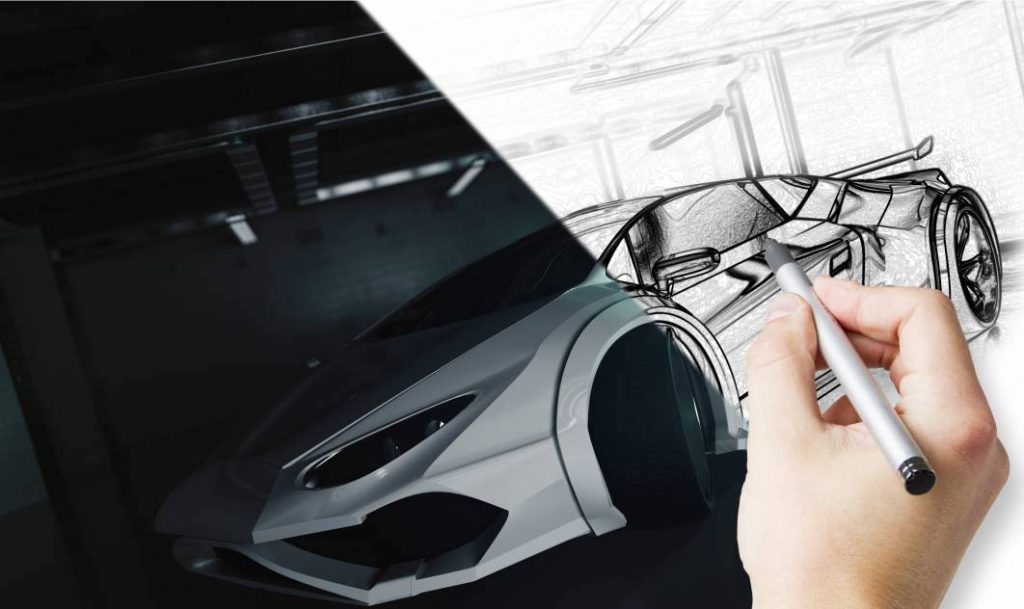
Modern vehicle designs involve more plastics and fewer ferrous metals. While welding used to be a common method for fabricating a car, the emergence of sleek structural designs demands new methods on the assembly line.
Structural automotive tape can replace traditional processes of joining parts and utilize lighter, more affordable materials. For instance, instead of using screws to attach control panels and touch screen components, tape allows these parts to achieve modern, sleek designs while still ensuring lightweight. Due to its ease of use, structural tape enhances precision and improves workplace safety.
Increased production efficiency
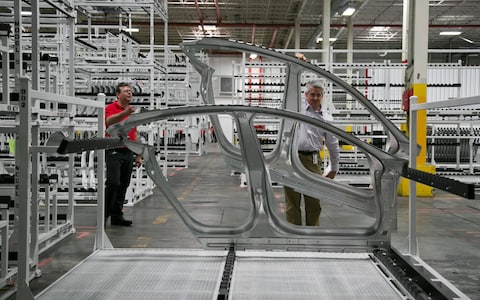
Structural tape optimizes automotive manufacturing lines by:
- Faster and easier installation.
- Shortened processes.
- Optimized transition times between processes.
- Cost savings on labor and materials.
The maintenance methods for traditional adhesives used by OEMs require a temperature of about 130°C. This poses a long-term issue for auto repair shops that lack equipment to reach this temperature (usually only about 80°C). Additionally, most vehicle interiors cannot withstand this high temperature.
OEMs are considering this as they begin to use structural tape for automobiles. Structural tape has a simple bonding structure, can be applied to various surfaces with oil or casting chemicals, and can withstand longer maintenance intervals.
For repairs, manufacturers have also introduced methods combining tape with welding. Spot welding is used throughout the automotive assembly process, especially for doors and frames, fenders, and hoods. These are also some OEM parts that have been made lighter and can use tape as a replacement.
Structural tape meets the demand for durability
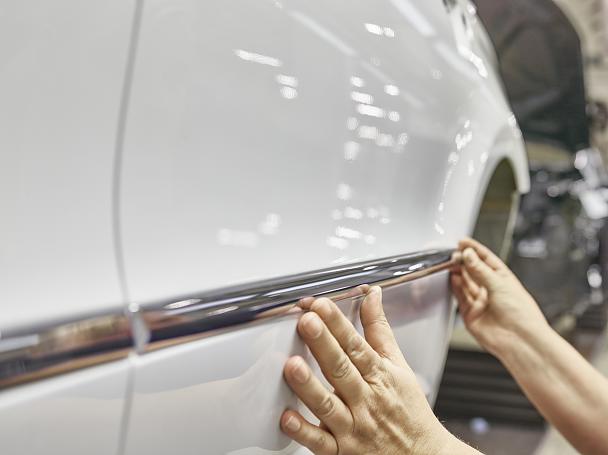
Structural tape meets the demand for durability by providing solutions for both the interior and exterior of automobiles. Researchers have discovered that structural tape helps address hidden issues that may arise years after purchasing a vehicle, such as:
- Improved corrosion resistance, stronger bonds, and joints, making repairs simpler for repair shops.
- Assistance with the vehicle’s HVAC system due to its sealing capabilities for the interior.
- Simplified assembly processes, reducing human errors during construction.
- No damage to surfaces during bonding, resulting in not only aesthetically pleasing but also durable connections over time.
The value of automotive structural tape for the industry
Automotive adhesive tape is predicted to become a leading material to enhance the aesthetics and performance of automobiles in the coming years. The values it brings to the automotive industry include:
Vibration reduction for vehicles:
Research shows that U.S. car manufacturers are using more vibration-resistant materials to improve the durability and passenger comfort of vehicles. Double-sided polyurethane and acrylic foam tapes can help reduce vibration between bonded substrates.
Manufacturers are increasingly opting for structural tape for its vibration resistance capabilities due to its low cost, strong bonding, and flexibility in reducing issues related to vehicle vibrations, such as loosening of vehicle components over time.
Noise reduction for vehicles:
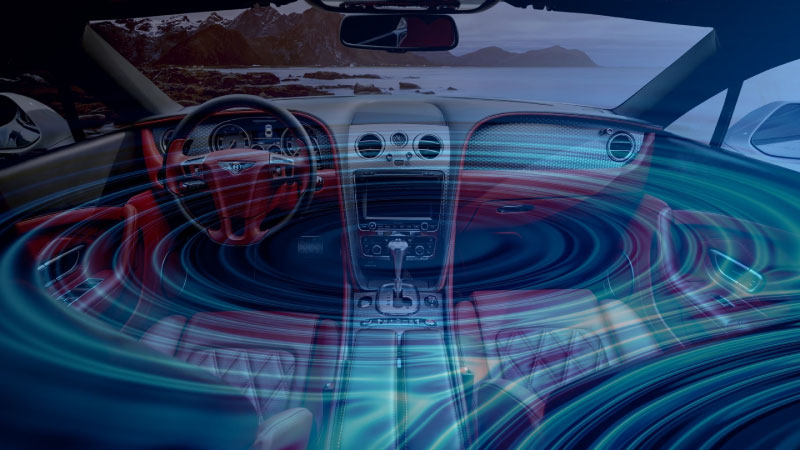
Structural tape helps manufacturers find new ways to reduce noise for both traditional and electric vehicles or luxury cars. Some types of structural tapes with foam padding have the ability to absorb sound frequencies, thereby reducing noise. Thanks to this foam layer, small components in vehicles also minimize noise caused by vibrations.
Attaching automotive parts:
Components such as logos, decorations, and mirrors need to be securely attached to the vehicle under various driving conditions and weather. Structural tape made of polyurethane or acrylic foam can help meet these requirements. Polyurethane foam is an excellent solution for quickly attaching logos due to its ability to handle tension. Acrylic foam tape is very flexible and can be useful for contours and flat surfaces to maintain a durable bond over a large surface area.
Scratch resistance:
Areas of the car such as the front bumper, mudguard, hood, rearview mirrors, and headlights are often prone to scratches and abrasions. These parts are often damaged or scratched over time by sand, stones, insects, or other debris.
Scratch-resistant tape is proving to be a simpler, less expensive way to manage these issues compared to liquid ceramic coatings.
The tape also uses PSA adhesive, making it easy to apply and valuable in assembly. This type of tape includes layers such as a transparent waterproof layer, self-healing elasticity, a hard polyurethane layer to resist scratches, and a transparent acrylic adhesive layer. The tape helps prevent cracking, scratching, and provides durability to the vehicle’s paint surface, enhancing design quality, as well as self-repair capabilities over time.
Contact us
Hitta is a comprehensive and professional industrial solutions provider, offering all the most suitable solutions to optimize production processes and save costs for businesses. Contact us for expert solution consultation.
- ☎️ Hotline: 090.8611.011 (Mr. Dương).
- ✉️ Email: hittajsc@hitta.vn
Products:

